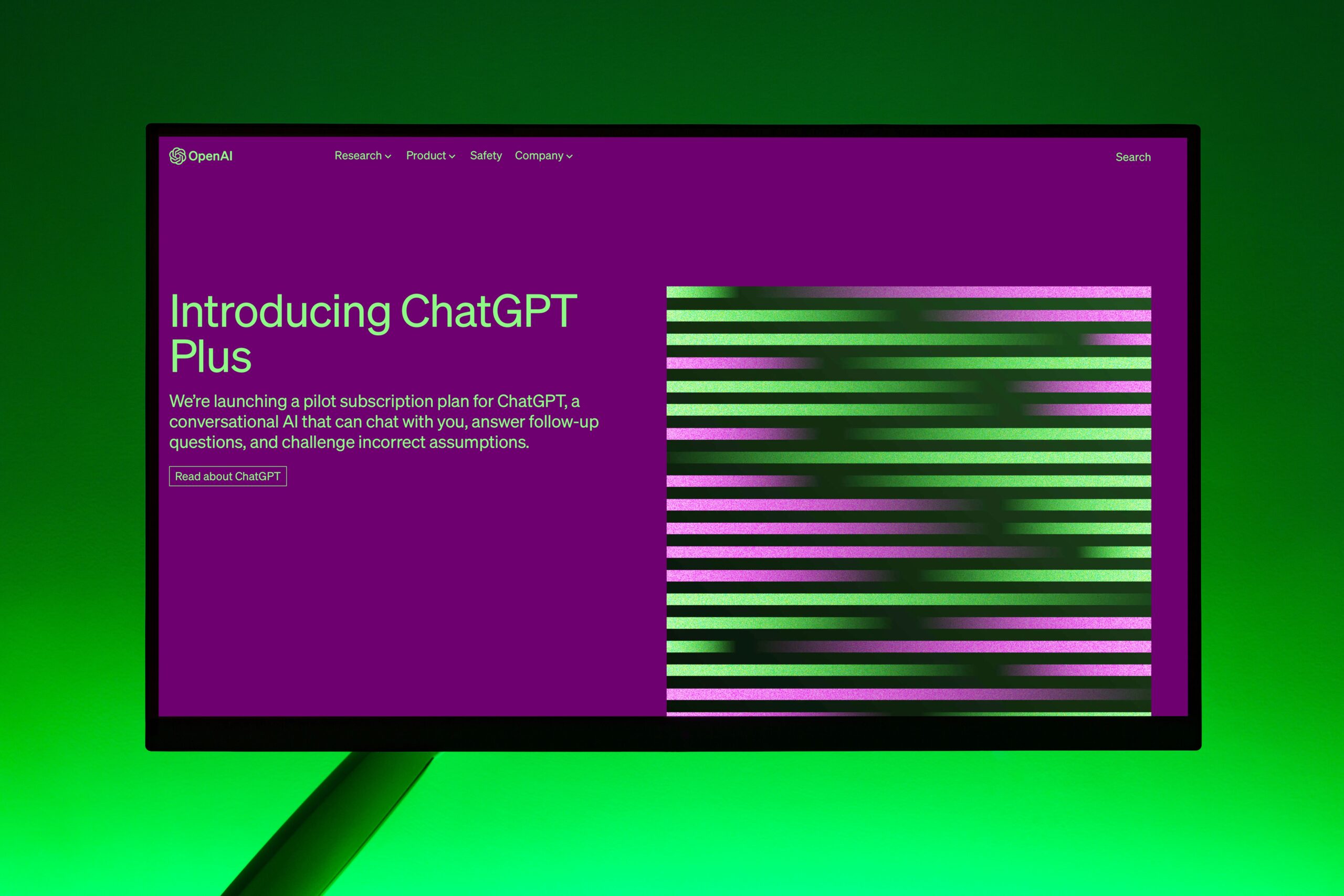The Best Frameworks for Cross-Platform Mobile App Development in 2024

Cross-platform mobile app development has become essential for businesses in 2024. Developers want to create apps that work on both Android and iOS. This reduces time and cost. It also allows for a broader audience reach. In this article, we will look at some of the best frameworks for cross-platform mobile app development this year.
1. Flutter
Flutter is one of the top choices for many developers in 2024. Google created it, and it has gained immense popularity.
Key Features
- Single Codebase: Developers can write one codebase that works for both iOS and Android. This saves time.
- Fast Development: Flutter offers a hot reload feature. This means developers can see the changes instantly. It speeds up the development process.
- Beautiful UI: Flutter lets developers create stunning user interfaces. It has a rich set of widgets for both Android and iOS.
Use Cases
Flutter is ideal for building apps that need a beautiful and smooth UI. Many startups and established companies use Flutter for their mobile apps.
2. React Native
React Native remains a strong contender in 2024. It was developed by Facebook and has a vast community of developers.
Key Features
- JavaScript: React Native uses JavaScript. Many developers already know this language. Therefore, it is easier to find developers.
- Native Performance: It allows developers to create apps that perform like native apps. Components are close to native, providing a smoother experience.
- Large Community: With a large community, developers can find solutions quickly. There are many libraries and tools available.
Use Cases
Companies like Facebook and Instagram use React Native. It is great for apps that need a strong social aspect or frequent updates.
3. Xamarin
Xamarin is another popular framework for cross-platform app development in 2024. It is owned by Microsoft.
Key Features
- C# Programming: Xamarin uses C#. This is beneficial for teams familiar with Microsoft technologies.
- Complete Access to Native APIs: Developers can access all native APIs. This allows for advanced functionality in apps.
- Integration with Visual Studio: Xamarin integrates well with Visual Studio. This makes it easy for developers already using this environment.
Use Cases
Xamarin is preferred for enterprise-level applications. It provides the necessary tools to build complex apps that need robust features.
4. Ionic
Ionic is an open-source framework popular among developers in 2024. It focuses on hybrid app development.
Key Features
- Web Technologies: Ionic uses HTML, CSS, and JavaScript. This appeals to web developers who want to enter the mobile app world.
- Pre-Built UI Components: Ionic provides many ready-to-use UI components. This speeds up the development process and allows for a uniform look across platforms.
- Cordova Integration: It can integrate with Cordova plugins. This enables developers to access native device features.
Use Cases
Ionic is great for building simple applications rapidly. Many businesses use it for customer-facing apps where speed is critical.
5. NativeScript
NativeScript is a lesser-known framework but is gaining traction in 2024. It is an open-source framework for building native mobile apps.
Key Features
- Native Performance: NativeScript provides native performance. It uses native components rather than web views.
- JavaScript & TypeScript Support: Developers can use JavaScript or TypeScript. This flexibility appeals to many developers.
- Access to Native APIs: Developers can access all native APIs directly, allowing for feature-rich applications.
Use Cases
NativeScript works well for applications needing high performance and detailed customization. It is suitable for apps that require complex functionalities.
6. AppGyver
AppGyver is a newer platform that deserves its place in this list. It focuses on low-code development.
Key Features
- No-Code Option: AppGyver allows users to create apps without coding. This can empower many non-technical users.
- Fast Prototyping: Developers can quickly create prototypes. This is helpful for gathering feedback before full development.
- Integrated App Logic: It enables complex app logic while still being easy to use.
Use Cases
AppGyver is ideal for businesses wanting to test ideas quickly. It allows for rapid prototyping and deployment without extensive resources.
Choosing the Right Framework
When selecting a framework, a few factors are essential. Consider the following:
- Team Skills: Choose a framework that aligns with your team’s programming skills.
- Project Requirements: Assess the needs of your app. Some frameworks are better suited for complex apps, while others are great for simpler solutions.
- Performance Needs: Determine if the app needs native performance or if a hybrid approach is acceptable.
- Development Speed: If time is a critical factor, choose frameworks that allow for quick updates and changes.
Conclusion
Cross-platform mobile app development continues to evolve in 2024. The frameworks mentioned above cater to different needs and skill sets. Flutter offers stunning UI and fast development. React Native is a powerhouse for social apps. Xamarin is perfect for enterprise applications. Ionic allows for quick development with web technologies. NativeScript delivers native performance, and AppGyver enables rapid prototyping.
Ultimately, the choice of framework depends on specific project requirements and team expertise. Evaluate your needs carefully and choose the best framework for your next mobile app project.




